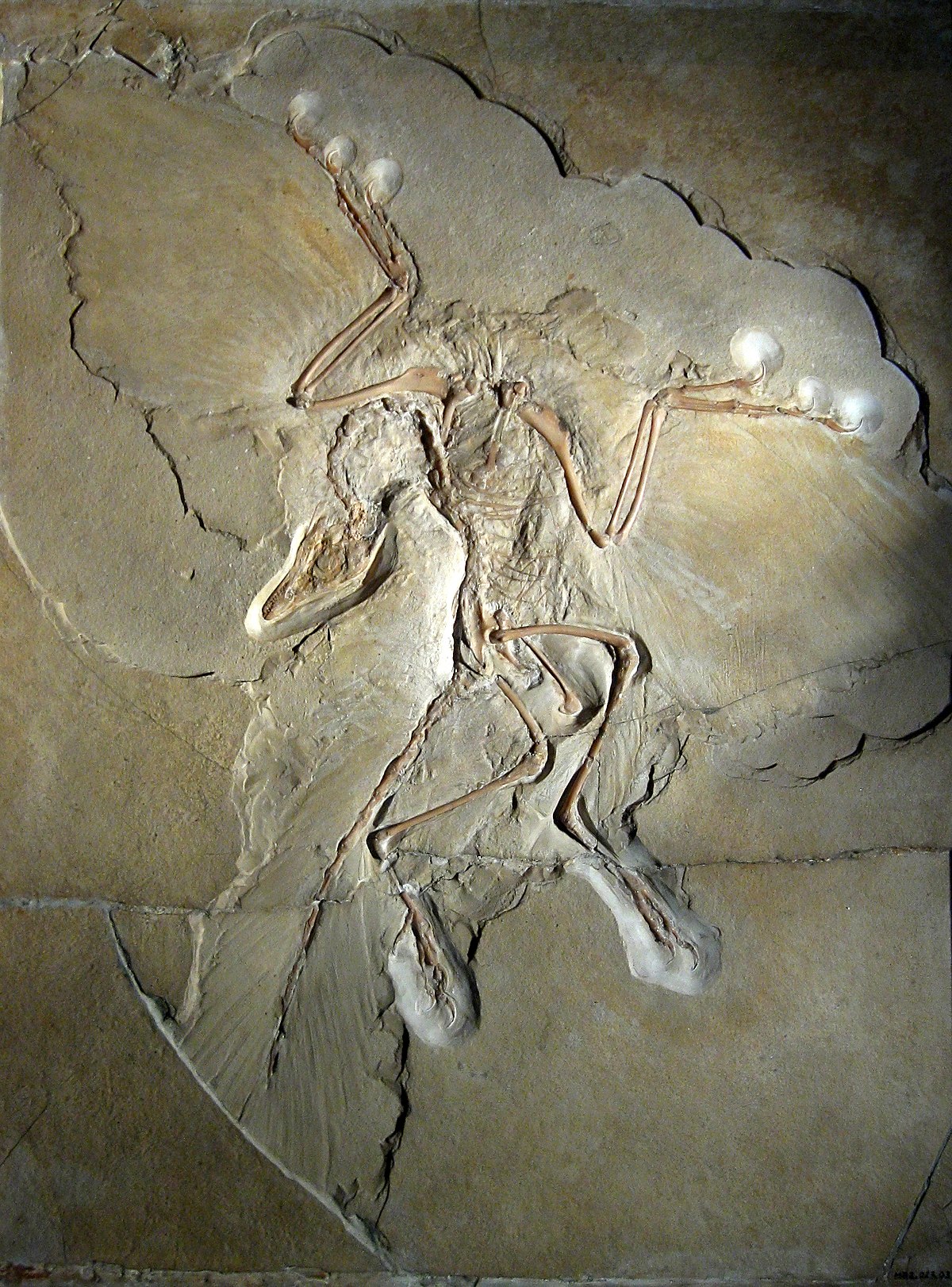How quickly do proteins evolve?
Here's the short answer:

You'll find that this curve goes off to the right, down to a matter of DAYS.
So what is lamda, and what is Vo?
Well, lambda is the population size, and Vo is the "fitness potential" derived from the ZSB formula (Zwanzig-Szabo-Bagchi). It is an index of evolutionary kinetics, based on the Boltzmann entropy in sequence space. It is a measure of the complexity of the sequence, with a term that includes folding.
Two other factors are known to affect the rate of evolution of a protein: heat, and chaperones.
Heat is self evident, hotter environments make proteins evolve faster.
Chaperones, are other molecules that help the protein to fold properly. Which is a somewhat complicated topic, but I'll try. The protein, when it folds, wants to minimize the Gibbs free energy. But sometimes, it gets stuck in local minima - a condition which is somewhat random because it depends on the immediately surrounding chemical and ionic environment. Chaperones help the protein bounce out of the local minima by shielding it from the environment and by providing "guiding potentials" in the areas where misfolding is likely to occur.
Chaperones are often other proteins, which themselves need to fold the right way to acquire the proper shape, and which themselves are transcribed from the DNA Proteins that require chaperones tend to evolve more quickly because any problem with the chaperone magnifies the likelihood of misfolding, and misfolding causes increased production which in turn increases the likelihood of underlying mutations
A misfolded protein doesn't just sit there, usually it goes off and goes something else. It does a job other than the one it was supposed to do. An example is cancer cells, where the rate of protein evolution is measured in days instead of years. Another example is cells that evolve resistance to drugs.
The ZSB formula gives us a surface that reflects all the different ways a protein can fold. You can think of it as an approximation to the number of microstates in Boltzmann-land. This picture shows how chaperones affect the surface. The yellow is rates without chaperones, the blue is rates with chaperones.

The stunningly relevant observation is that sequence length does not appear in these equations! Only folding shape, which is topology. The reason is, because misfolded proteins have the same sequence lengths as their properly folded cousins. It's just a bond angle that's wrong somewhere.
This should put to bed once and for all the creationist nonsense about the impossibility of protein evolution. (And it IS complete nonsense, there's not even a speck of truth in it, not even an iota). Proteins evolve WITHIN the lifetime of a human being. It doesn't take millions of years.
Further reading:

 www.ncbi.nlm.nih.gov
www.ncbi.nlm.nih.gov
Here's the short answer:
You'll find that this curve goes off to the right, down to a matter of DAYS.
So what is lamda, and what is Vo?
Well, lambda is the population size, and Vo is the "fitness potential" derived from the ZSB formula (Zwanzig-Szabo-Bagchi). It is an index of evolutionary kinetics, based on the Boltzmann entropy in sequence space. It is a measure of the complexity of the sequence, with a term that includes folding.
Two other factors are known to affect the rate of evolution of a protein: heat, and chaperones.
Heat is self evident, hotter environments make proteins evolve faster.
Chaperones, are other molecules that help the protein to fold properly. Which is a somewhat complicated topic, but I'll try. The protein, when it folds, wants to minimize the Gibbs free energy. But sometimes, it gets stuck in local minima - a condition which is somewhat random because it depends on the immediately surrounding chemical and ionic environment. Chaperones help the protein bounce out of the local minima by shielding it from the environment and by providing "guiding potentials" in the areas where misfolding is likely to occur.
Chaperones are often other proteins, which themselves need to fold the right way to acquire the proper shape, and which themselves are transcribed from the DNA Proteins that require chaperones tend to evolve more quickly because any problem with the chaperone magnifies the likelihood of misfolding, and misfolding causes increased production which in turn increases the likelihood of underlying mutations
A misfolded protein doesn't just sit there, usually it goes off and goes something else. It does a job other than the one it was supposed to do. An example is cancer cells, where the rate of protein evolution is measured in days instead of years. Another example is cells that evolve resistance to drugs.
The ZSB formula gives us a surface that reflects all the different ways a protein can fold. You can think of it as an approximation to the number of microstates in Boltzmann-land. This picture shows how chaperones affect the surface. The yellow is rates without chaperones, the blue is rates with chaperones.
The stunningly relevant observation is that sequence length does not appear in these equations! Only folding shape, which is topology. The reason is, because misfolded proteins have the same sequence lengths as their properly folded cousins. It's just a bond angle that's wrong somewhere.
This should put to bed once and for all the creationist nonsense about the impossibility of protein evolution. (And it IS complete nonsense, there's not even a speck of truth in it, not even an iota). Proteins evolve WITHIN the lifetime of a human being. It doesn't take millions of years.
Further reading:

Mechanisms of protein evolution
How do proteins evolve? How do changes in sequence mediate changes in protein structure, and in turn in function? This question has multiple angles, ranging from biochemistry and biophysics to evolutionary biology. This review provides a brief integrated ...
